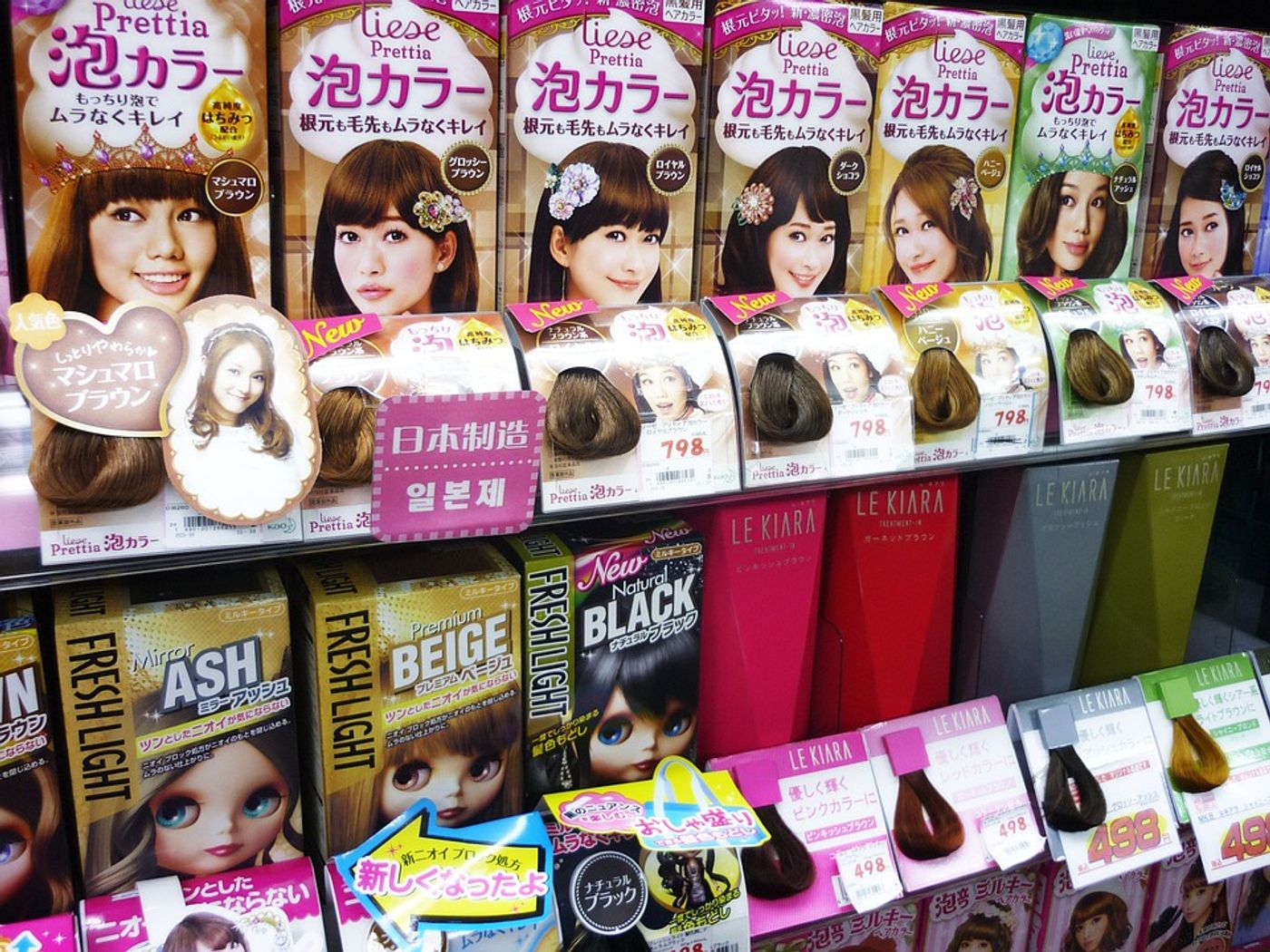Largest study to date on the link between hair dye and cancer
A new study published in the British Medical Journal is the largest of its kind to look at the link between hair dye and cancer risk. Following 117,200 women for over 36 years, the study came to the conclusion that with the exception of a few cancer types, the chemicals in hair dyes do not have an association with an increased risk of cancer.
Those exceptions include a positive association for the risk of basal cell carcinoma, hormone receptor-negative breast cancer (ER-, PR- and ER-/PR-), and ovarian cancer, report the authors of the study, led by Eva Schernhammer, Head of the Department of Epidemiology at the Medical University of Vienna. The researchers report that there were also differences among women with different hair color, citing an increased risk of Hodgkin's lymphoma observed in women with naturally dark hair and a higher risk of basal cell carcinoma observed in women with naturally light hair.
While the International Agency for Research on Cancer (IARC) has denominated occupational exposure (e.g. hairdressers) to hair dyes as a probable human carcinogen, this study suggests there is no positive association between personal use of permanent hair dye and risk of most cancers and cancer-related mortality.
Eva Schernhammer commented: "The present prospective cohort study offers some reassurance against concerns that personal use of permanent hair dyes may be associated with an increased risk of cancer or mortality. Nevertheless, we also found a positive correlation for the risk of some cancers."
That being said, the study’s biggest limitation is that its population included only white women from the United States. In order to draw larger conclusions, the cohort population would need to be more inclusive.
"Our results justify further prospective validation," said Schernhammer. "This depends on different populations and countries, different susceptibility genotypes (e.g. NAT1 or NAT2), cancers if different genotypes and molecular genetic phenotypes, different exposure settings (personal use vs. occupational exposure), different time points and different colors of the permanent hair dyes used (dark dyed vs. light dyed), with refined exposure estimates and should be interpreted in the light of the totality of the evidence."
Sources: British Medical Journal, Eureka Alert









